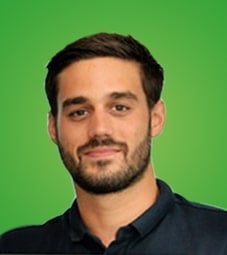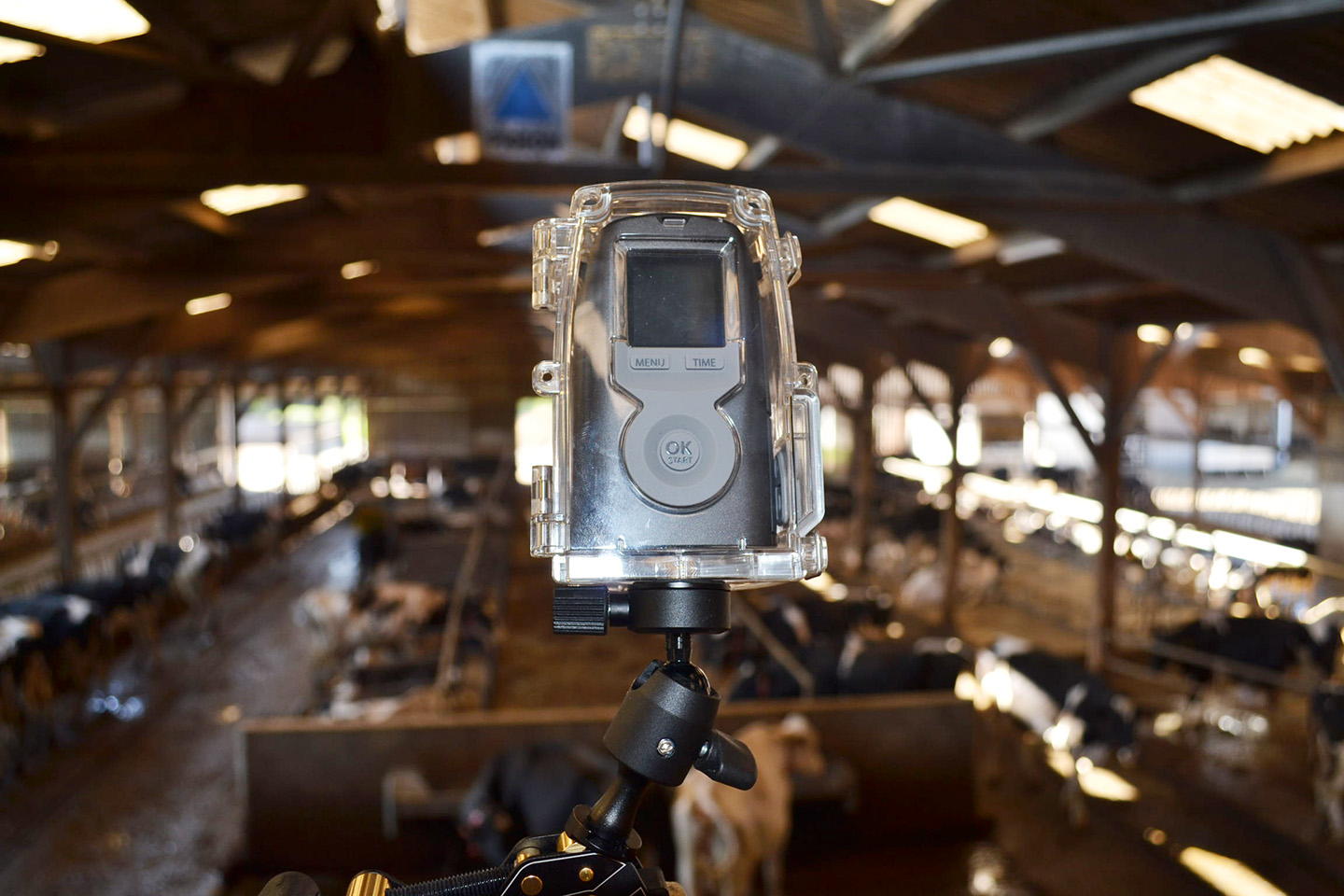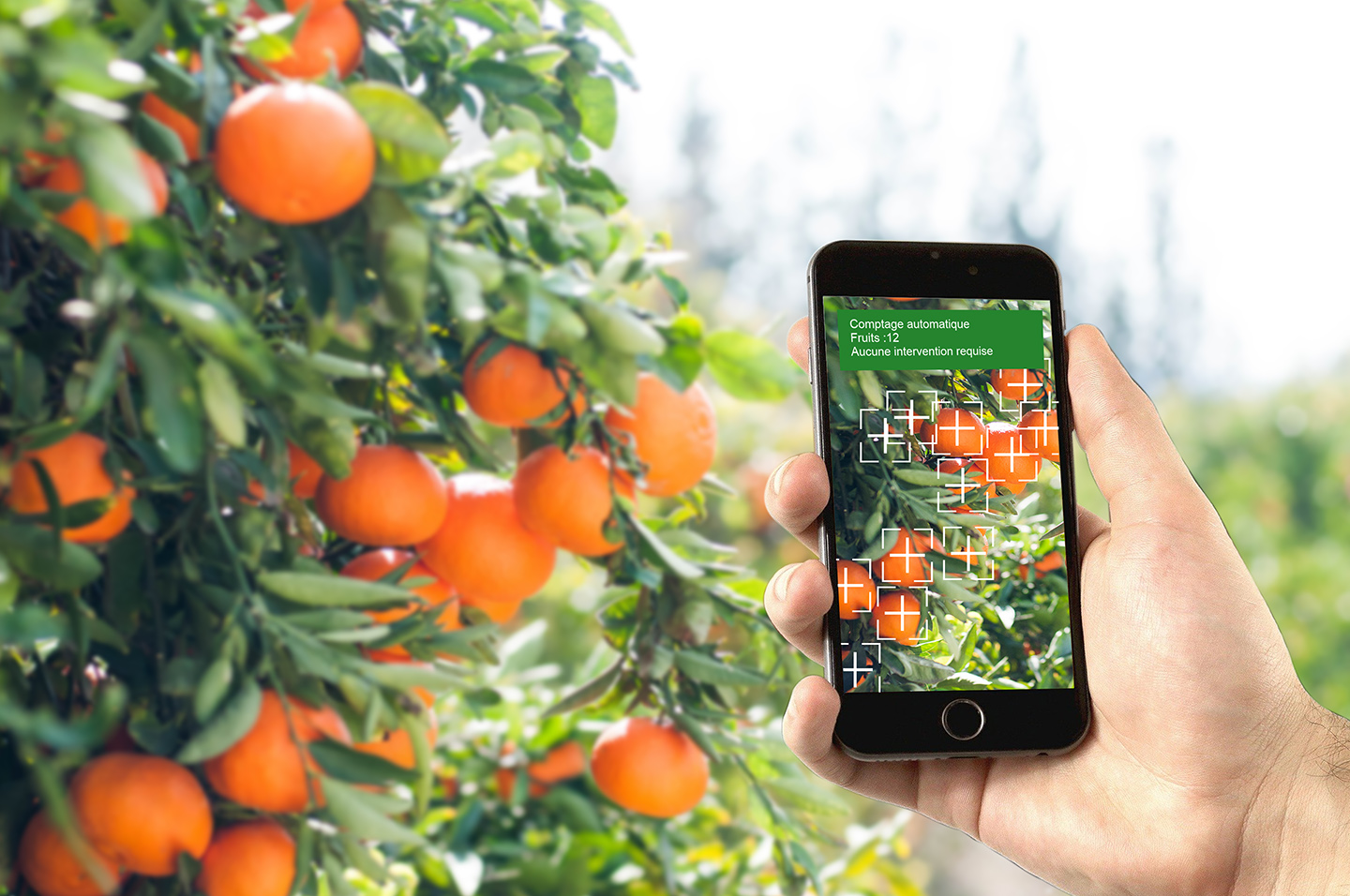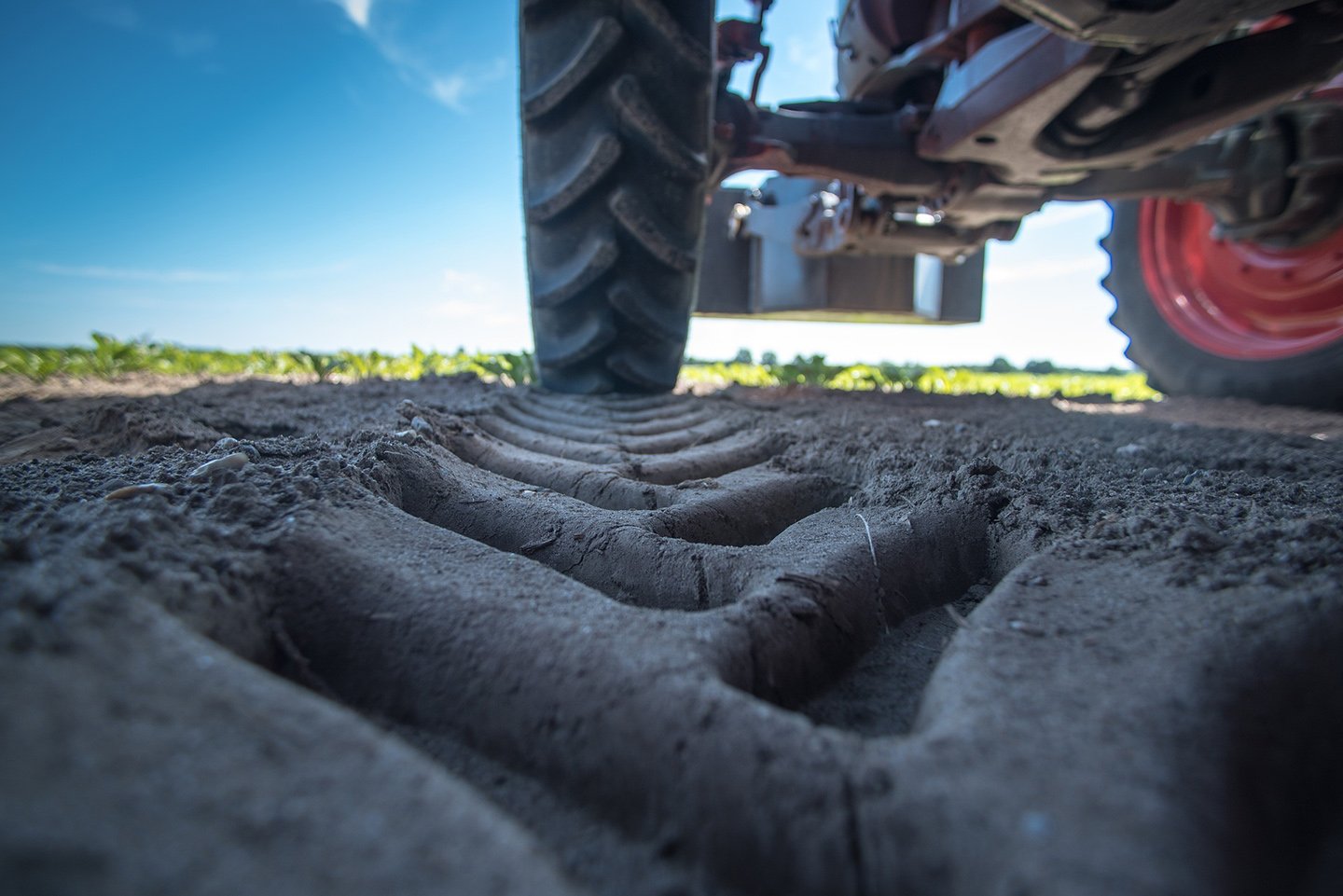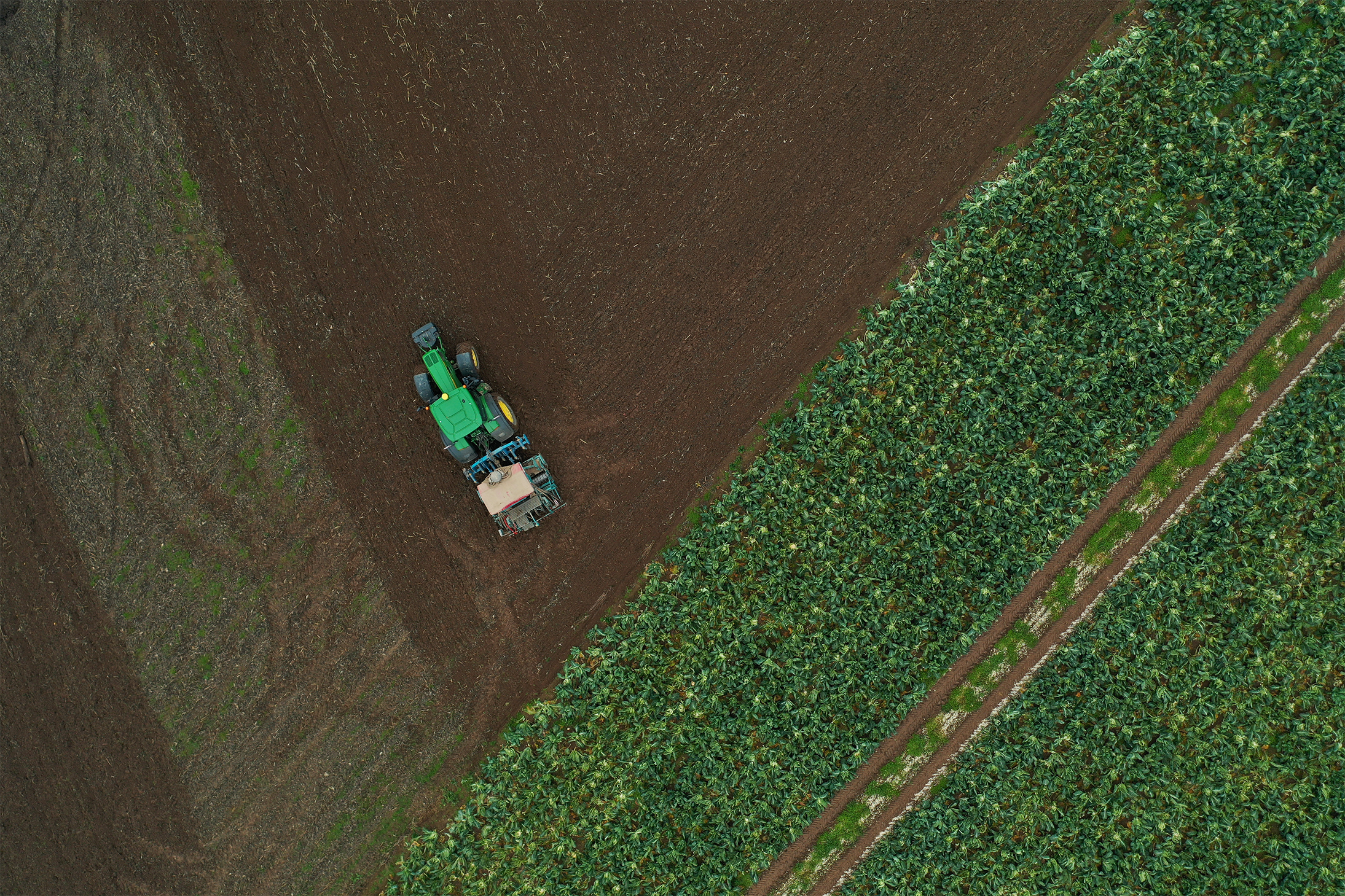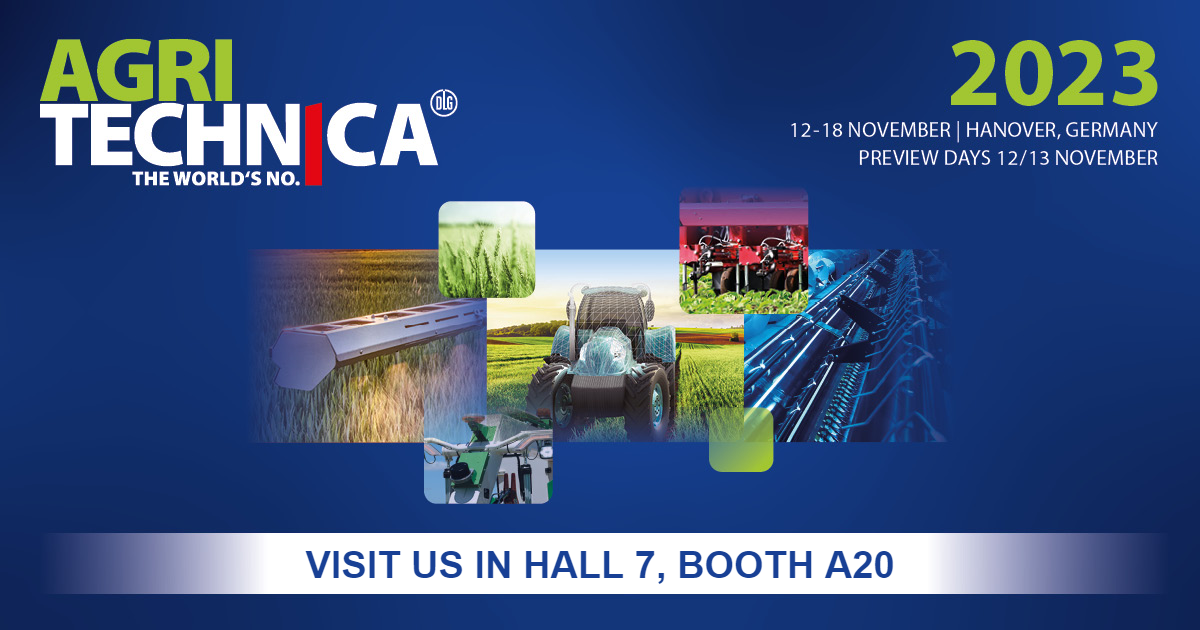The massive use of connected objects and digital services requires the production and use of a large volume of data from farms.
Ensuring the protection and tracking of this data has become an issue for both farmers and companies in the agricultural sector.
Data protection is a priority for the majority of the agricultural actors, in particular by the respect of the General Regulation on Data Protection (RGPD) and via the Data-Agri charter.
Dilepix gives great importance to data protection. That is why we have decided to rely on service providers at the forefront of security. Guarantee serenity and performance to our users in the processing of their data is part of our commitments.
|
Summary 1. The Cloud: Turning a simple camera into a smart camera The limits of the Cloud in agricultural operations 2. Fog Computing, a mini Cloud at the farm level Advantages of Fog for large farms |
In most cases, data from farms is analyzed, processed and stored in secure clouds whose main advantage is that they can be accessed from anywhere in the world.
But did you know that there are other technologies to enhance the security of agricultural data?
What are they? Fog and Edge Computing.
These two technologies are based on the principle of processing data as close as possible to its source. That is, in the farm!
How do they work? What equipment should be used? Can all farms be equipped?
We bring you our light just after with elements of comparison on the advantages and disadvantages of Cloud, Fog and Edge Computing.
Cloud, Fog and Edge computing architecture in breeding
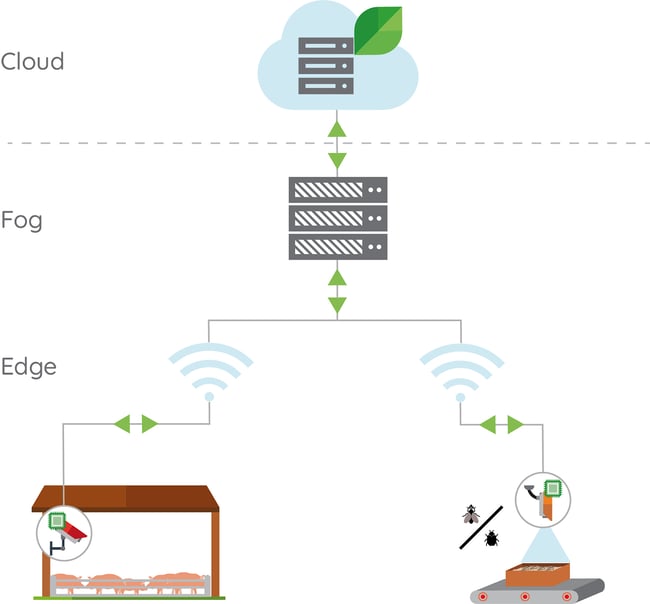
At the farm level, it is not necessarily required to make a choice between Cloud - Fog or Edge. Some of these 3 technologies can potentially be combined with each other.
#1 The Cloud: Turning a simple camera into a smart camera
As we know, when it comes to monitoring the activity of their animals, breeders are sometimes reluctant to install cameras.
Their fears:
- Having the impression of being watched instead of their animals
- Not being able to control the images or videos that come out of their farm. Where are they sent? How are they secured?
👉Regarding indoor surveillance, in the article Supervised Learning: cameras detect animal behaviors, not human behaviors, we explain that smart cameras do not detect humans, because the associated neural networks are not trained for that.
👉Concerning the security of the data produced in the farm, today with the Cloud, data centers have enhanced security and provide protection of identity, applications, devices and location of data.
Despite this, Dilepix goes further with a specific cloud architecture where all services are duplicated. This allows, in case of a problem, to limit the impact on the continuity of the service and the backup of personal data.
The choice of this architecture has many advantages:
✅ Highlights of the Cloud
1.Accessibility
The main advantage of the cloud is that the stored data can be accessed from anywhere in the world.
2.Simultaneity
The cloud can handle a very large number of analyses at the same time.
3.Computing power
The Cloud can handle very complex neural networks thanks to very high computing power.
4.Cost control
A simple surveillance camera becomes a smart camera simply by connecting to the cloud. One can then equip farms with several cameras for a reasonable budget.
❌ The limits of the Cloud in agricultural operations
1.Need a good network coverage
To use Cloud Computing, it is necessary to be connected to the Internet and this connection must be of good quality. Even if progress has been made, some geographical areas are still unfortunately poorly covered by the network.
It is possible to analyze the flow of a few cameras on farms where the internet network is more limited, but as soon as their number increases, it becomes more complicated.
2.Sending video streams outside the farm
Even if the Cloud secures the transfer and storage of data, its processing requires it to leave the farm.
3.Processing time
The time between sending the video signal, processing it in the cloud and sending back the analysis results depends on the quality of the internet connection. In most of our monitoring solutions, the result does not need to be obtained in real time.
For other specific applications, where the processing needs to be done in real time, it is necessary to switch to other architectures such as Fog or Edge.
Dilepix development road map |
|
|
| This diagram represents the evolution of our technology roadmap. Today, our solutions are already on the Dilepix Cloud, but we are already preparing the future. Soon, we plan to deploy our software solutions on the Fog (a bit like a mini Cloud on the farm) and then on the Edge (analysis performed directly on each camera). |
#2 Fog Computing, a mini Cloud at the farm level
The principle of the Fog is to bring the Cloud down to the farm level. All data is analyzed in situ thanks to computers located on the farm. This type of infrastructure is still very rare and mostly reserved for large industrialized farms, because it requires a greater investment in network and computer architecture.
✅ Advantages of Fog for large farms
1. Do not take the video streams out of the farm
The servers installed on the farm allow to store and process the data on site.
2. Does not require huge bandwidth
Only the analysis results are sent to a cloud hosted on the Internet. This is an interesting solution as our campaigns are not all on the same level of connectivity.
3. Do not expose images taken on the farm on the internet
Since the images are processed at the farm level, the risk of piracy is greatly reduced
4. Process a large number of video streams simultaneously
It is then sufficient to adapt the power of the computers present on the farm to process more or less video streams. This type of installation is adapted to large farms, equipped with many cameras.
❌ Disadvantages of Fog
1. Complex maintenance
The Fog requires the installation of graphic computers on the farm. The maintenance of an infrastructure such as the Fog's is, in fact, more constraining because not all interventions can be managed remotely.
2. High cost
The price of the hardware is higher. Sensors and terminals must be equipped with an additional processing unit to ensure optimal local data processing and communication between the devices.
#3 Edge computing, no more images leaving the farm
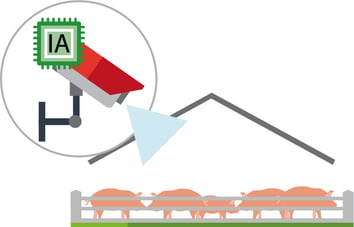
Edge computing processes data as close as possible to its source. In this case, the data is processed by the cameras that generate the data. The data processed locally does not necessarily pass through the cloud.
Real smart cameras
In the field of vision, surveillance camera manufacturers are beginning to market cameras that integrate the graphic calculation capacities necessary for the execution of neural networks.
These technologies are growing rapidly, particularly for facial recognition applications associated with mask detection or temperature measurement.
✅ Avantages of Edge computing
1. Like the Fog, the Edge does not require huge bandwidth.
Only the analysis results are sent to a Cloud hosted on the Internet. This approach is interesting because of internet connection problems in some rural areas (persistent white zones).
2. Do not expose images taken on the farm on the internet
As mentioned earlier, only the analysis results are sent to the cloud. The images captured on the farm remain on site.
3. Easy to install
Unlike Fog, Edge Computing does not require the installation of a graphic computer on the farm.
4. Process a large number of video streams simultaneously
Simply add an Edge camera to the farm without any further adaptation.
❌ Disadvantages of Edge Computing
1. Cost of the camera
As the cameras are already equipped with computers and benefit from a more advanced technology, the purchase price is inevitably more expensive than a conventional camera.
2. More limited computing capabilities
Cameras equipped with Edge Computing technology cannot process the same data stream as a computer (Fog) or supercomputers (Cloud) due to their limited capabilities.
3. Maintenance of the hardwara (PC) installed in the farms.
In the same way as for the Fog, the maintenance in Edge computing is heavier because certain problems will require a physical maintenance on the operation.
With the deployment of 5G, these technologies are expected to grow massively in general.
A study conducted by Forrester Research, indicates that the biggest impact on edge computing for operators will be related to the increasing availability of 5G network coverage.
Even so, at the farm level, deployment is expected to be a bit slower given the disparities in internet coverage. This is despite the fact that more and more farms are covered by 4G.
These technological advances will undoubtedly make it possible to go further in the security of data processing on farms. This should reassure farmers about the transit of image and video data from their farms.

